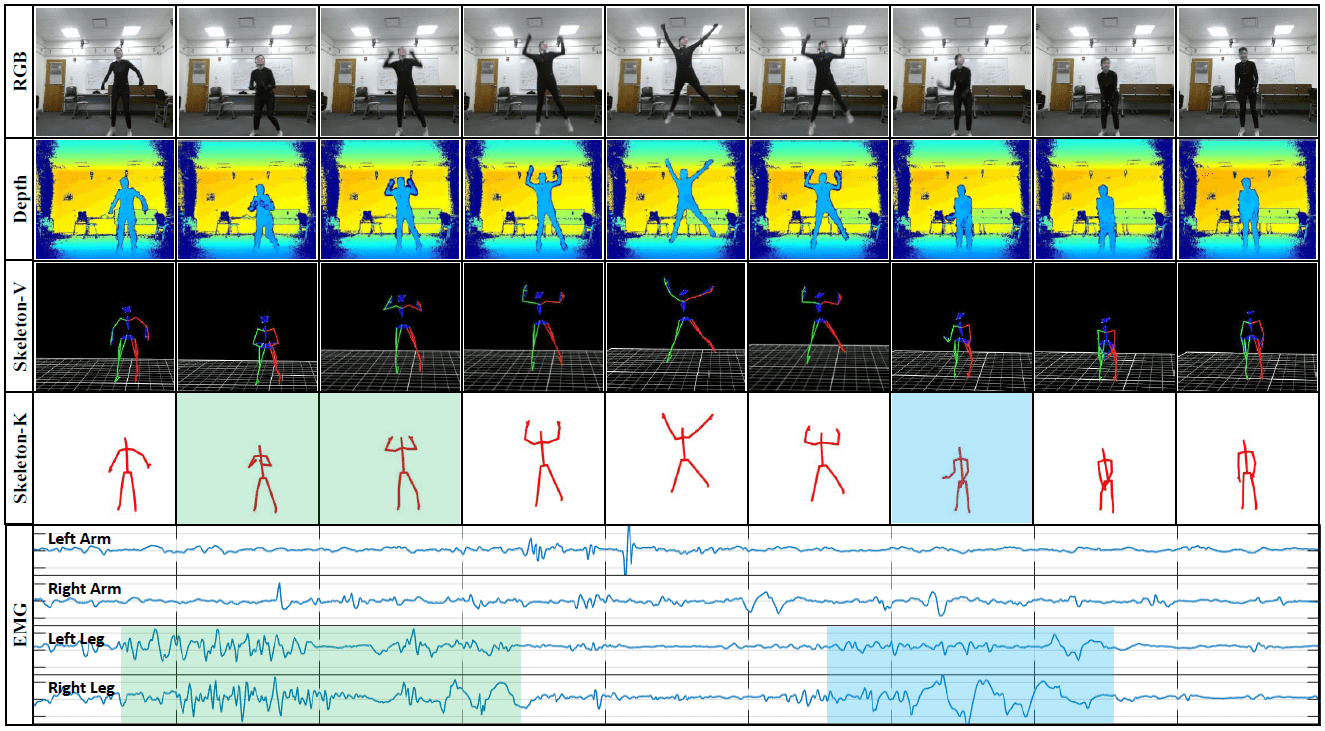Datasets
Families In the Wild
A Kinship Recognition Benchmark

Our motivation is to provide the resource needed for kinship recognition technologies to transition from research-to-reality. with over 11,932 family photos of 1,000 families FIW closely reflects the true data distribution of families worldwide (see Database for more information). There are many directions for FIW to take throughout the machine vision and related research communities (e.g., in relation to benchmarks (see Challenges and Results for details), new benchmarks, generative models, multi-modal learning, to name a few). In terms of its practical value, many could benefit from FIW as well, such as the consumer (e.g. automatic photo library management), scholar (e.g. historic lineage & genealogical studies), analyzer (e.g. social-media-based analysis), investigator (e.g. missing persons and human traffickers).
Balanced Faces in the Wild (BFW)
A Face Recognition Benchmark

EV-Action: Electromyography-Vision Multi-Modal Action Dataset
